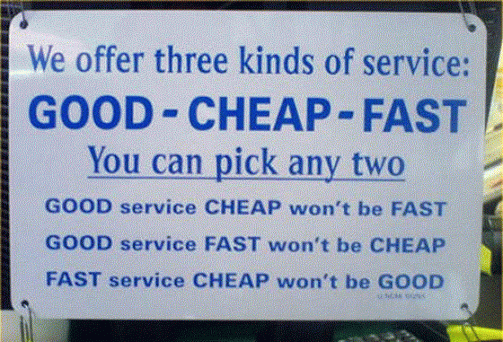1000 words (9 minutes reading time) by Lancing Farrell

I was talking to a colleague recently, and I was asked about the management thinkers that have influenced me. It started me thinking back to my early days as a manager in my mid-20s and later when I completed a MBA in my mid-30s. And the lessons I had from starting and then managing my own business for a decade. Many management thinkers influenced me, and, equally, so did my opportunities to practice different ways of managing. This is quite a long essay, so I have split it into three parts.
I recall that before I was a manager, I had an interest in management. I wasn’t too sure what it was but I had read The Peter Principle as a student, and I knew that management was important in organisations if they were to be effective. For some reason I also remember that someone at the council where I started working was talking about Value Management. Now I know that they had obviously been to a course. Then I got a job as a manager. Continue reading





